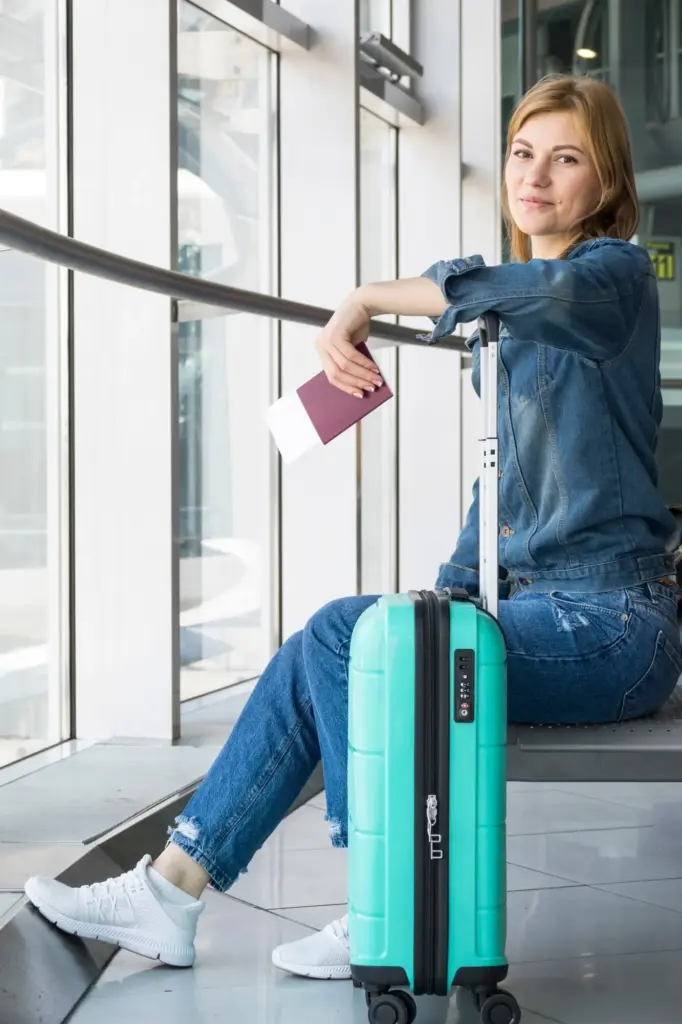Drive Abroad with Confidence
Licenses and Permits, Explained Clearly
When your home license is enough
How to secure an IDP without stress
What rental counters really check
Insurance that truly protects your journey
Understanding liability and the Green Card
Decoding collision waivers and deductibles
Personal coverage, roadside help, and exclusions




Road rules that change when borders do
What to carry by law
Winter and mountain readiness
If a crash or breakdown happens
Navigation, etiquette, and local rhythm




Smart planning, budgeting, and greener choices


Booking rentals like a pro
Book early for peak seasons, and filter by cancellation flexibility in case plans shift. Read the policy on international travel, ferries, and borders carefully. Confirm exact pickup hours to avoid after-hours fees. Bring a primary credit card in the main driver’s name for deposits. Cross-check the car category, not just make and model, because fleets substitute. Inspect tires, wipers, and lights before accepting keys. Photograph everything, including the roof and under-bumper if possible. Ask attendants to note every scratch in writing.


Connectivity, maps, and dashcam laws
Offline maps save you from mountainside dead zones, while a local SIM or eSIM provides real-time traffic and camera alerts. Mount phones legally; many countries fine windshield obstructions. Dashcams are useful, but privacy rules vary widely: some regions restrict recording or publishing without consent. Research local laws before pressing record. Carry a cable and power bank, and download language packs for voice guidance. Save embassy contacts, rental roadside numbers, and medical facilities in starred favorites for quick, stress-free access.
All Rights Reserved.